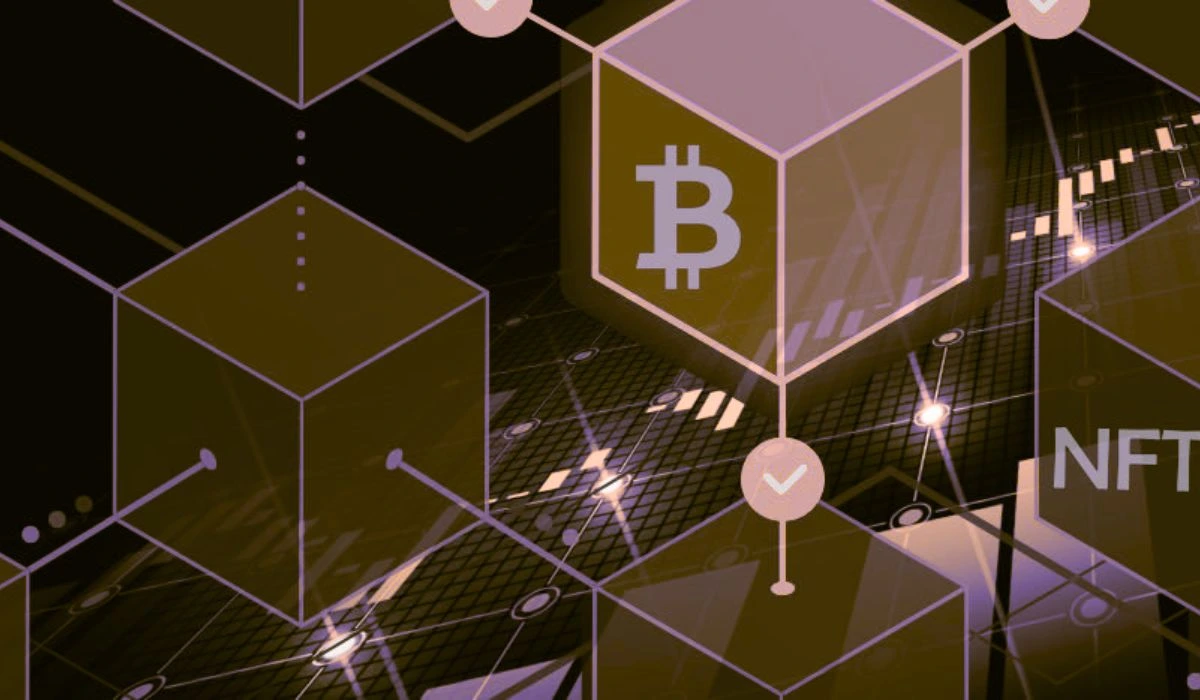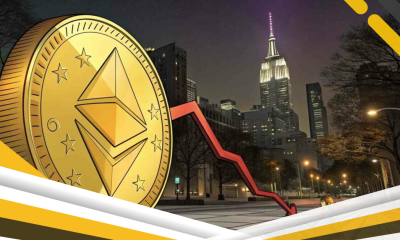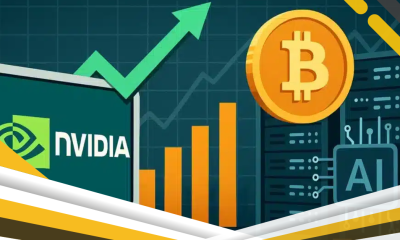2026 Crypto Trends: What’s Next for Digital Assets?

As we step into 2026, the cryptocurrency landscape continues to evolve at breakneck speed. From regulatory clarity to technological breakthroughs, the digital asset ecosystem is poised for transformative changes that will reshape how we think about money, ownership, and financial systems. Let’s explore the key trends that are set to define the crypto space in 2026.
Institutional Adoption Reaches Critical Mass
The days of crypto being dismissed as a fringe investment are long gone. In 2026, institutional adoption is expected to reach unprecedented levels as major financial institutions, pension funds, and sovereign wealth funds allocate significant portions of their portfolios to digital assets. The approval of spot Bitcoin ETFs in previous years paved the way for traditional finance to embrace crypto with confidence.
Major banks are now offering comprehensive crypto custody services, trading platforms, and investment products to their high-net-worth clients. This institutional influx brings not only capital but also legitimacy, infrastructure, and sophisticated risk management practices to the crypto markets. Expect to see Fortune 500 companies holding Bitcoin and Ethereum on their balance sheets as standard practice rather than as bold experiments.
Real-World Asset Tokenization Goes Mainstream
2026 marks the year when real-world asset (RWA) tokenization transitions from pilot projects to mainstream adoption. Everything from real estate and commodities to fine art and intellectual property is being tokenized on blockchain networks, democratizing access to previously illiquid assets.
The tokenization of US Treasury bonds, corporate debt, and private equity has opened new avenues for both institutional and retail investors. These tokenized assets offer 24/7 trading, fractional ownership, instant settlement, and global accessibility. Real estate tokenization platforms are allowing people to invest in premium properties with as little as $100, fundamentally changing how wealth is built and distributed.
Layer 2 Solutions Dominate Transaction Volume
While Ethereum remains the backbone of decentralized finance, Layer 2 scaling solutions are handling the majority of transaction volume in 2026. Technologies like optimistic rollups, zero-knowledge rollups, and state channels have matured significantly, offering near-instant transactions at a fraction of the cost.
Users are seamlessly moving between Layer 1 and Layer 2 networks without even realizing it, thanks to improved user interfaces and cross-chain bridges. This scaling breakthrough has enabled blockchain applications to compete directly with traditional centralized services in terms of speed and cost-efficiency, driving mass adoption of decentralized applications.
Central Bank Digital Currencies Reshape Global Finance
Central Bank Digital Currencies (CBDCs) are no longer experimental in 2026. Dozens of countries have launched or are actively piloting their digital currencies, fundamentally changing the relationship between citizens, banks, and governments. China’s digital yuan has expanded internationally, while the European Union’s digital euro is gaining traction across member states.
These CBDCs are creating interesting dynamics with existing cryptocurrencies. Rather than replacing decentralized assets, CBDCs are coexisting and sometimes integrating with them through interoperable infrastructure. The competition between sovereign digital currencies and decentralized alternatives is driving innovation across the entire digital asset ecosystem.
AI and Blockchain Convergence Accelerates
The intersection of artificial intelligence and blockchain technology is creating powerful new applications in 2026. AI-powered trading algorithms are becoming more sophisticated, while blockchain provides the transparent and immutable infrastructure needed to train and verify AI models.
Decentralized AI marketplaces are emerging where users can access AI services using cryptocurrency, while blockchain ensures data provenance and model authenticity. Smart contracts are incorporating AI decision-making capabilities, creating autonomous systems that can adapt and optimize themselves. This convergence is opening entirely new categories of decentralized applications that were impossible just years ago.
Regulatory Clarity Drives Market Maturation
After years of uncertainty, 2026 is seeing comprehensive regulatory frameworks for cryptocurrencies take effect across major jurisdictions. The United States, European Union, and Asian financial hubs have established clear guidelines for crypto taxation, securities classification, and consumer protection.
This regulatory clarity is reducing market volatility and attracting institutional capital that was previously sitting on the sidelines. While some crypto purists lament increased oversight, the majority of market participants recognize that reasonable regulation is necessary for mainstream adoption. Companies can now build long-term strategies without fear of sudden regulatory crackdowns, fostering innovation and investment.
DeFi 3.0: User Experience Meets Sophistication
Decentralized finance has evolved significantly, and 2026 represents the DeFi 3.0 era where sophisticated financial instruments are wrapped in user-friendly interfaces. The complexity that once deterred mainstream users has been abstracted away, making DeFi services as easy to use as traditional banking apps.
Undercollateralized lending, algorithmic stablecoins with improved stability mechanisms, and advanced derivatives products are now accessible to everyday users. Cross-chain DeFi protocols allow seamless asset transfers and yield optimization across multiple blockchains, maximizing returns while minimizing risk. Insurance products have matured, providing protection against smart contract failures and market volatility.
Sustainability Becomes Non-Negotiable
Environmental concerns that plagued crypto in its early years are being addressed head-on in 2026. Proof-of-stake networks dominate the landscape, with energy-efficient consensus mechanisms becoming the industry standard. Even Bitcoin mining is increasingly powered by renewable energy, with miners locating operations near hydroelectric, solar, and wind installations.
Carbon-neutral and carbon-negative blockchain projects are attracting environmentally conscious investors and institutions. Transparency about energy consumption and carbon footprints has become expected, with projects that fail to address sustainability concerns facing market penalties.
The Metaverse Economy Matures
Virtual worlds and metaverse platforms are evolving from speculative ventures into functioning economies in 2026. Digital real estate, virtual goods, and in-world services represent a significant economic sector, with some users earning their primary income entirely within metaverse environments.
Interoperability between different metaverse platforms is improving, allowing users to transfer assets and identities across virtual worlds. NFTs have evolved beyond simple collectibles to become functional assets that provide utility, access, and rights within these digital ecosystems.
Also Read:Celebrity Crypto & NFT Portfolios Transform 2025 Digital Markets
A Transformative Year Ahead
2026 promises to be a pivotal year for cryptocurrency and blockchain technology. The convergence of institutional adoption, regulatory clarity, technological advancement, and mainstream usability is creating the perfect conditions for crypto to achieve its potential as a transformative force in global finance. While challenges remain, the trajectory is clear: digital assets are becoming an integral part of the financial landscape, and there’s no turning back. As we embrace these new tokens and technologies, we’re not just witnessing the evolution of money—we’re participating in the construction of a more open, accessible, and innovative financial future.












